Health, Culture and Leisure

Winner of the Health, Culture and Leisure Award
Bristol Beacon is a phased new-build and retrofit project by Levitt Bernstein, aimed at transforming the former Colston Hall into an accessible and sustainable world-class performance venue. Situated in the city’s historic harbourside district, the original Grand Hall opened in 1867 and was followed six years later by the Lantern Building and Lesser Hall, built above the seven bay entrance loggia. Following significant changes over preceding decades, the restoration of what is now Lantern Hall replaces the proscenium and balcony with flexible staging and retractable seating, allowing the building to be returned to its original splendour.
Windows have been reinstated to return daylight to the auditorium and views of the city beyond. The high-performance Jansen Janisol Arte 2.0 units had to eliminate external noise during performances, necessitating a combination of heavy-duty double glazing, a generous acoustically-absorbent void, and openable inner secondary glazing providing access to theatrical blackout roller blinds. The latter are concealed behind spandrel panels backed by 10mm thick solid steel plates to match the density of the glass and maintain acoustic integrity.
By using high-resolution photos of the original fenestration, the architect was able to demonstrate to the conservation officer that the appearance of the historic window profiles could be emulated by Jansen Janisol Arte frames. Flanged glazing beads replicate the original fenestration’s projecting glazing beads, without compromising acoustic performance.
Specialist contractor Apex Security Engineering’s remit was to develop the fenestration design, including integrating the ancillary blinds and perimeter acoustic absorption, as well as fabricate and install the units. Working closely with the architect, the company finessed the assembly process, delivering the slenderest profiles achievable within the tight conservation constraints. It also satisfied stringent access and maintenance requirements.
Set to achieve BREEAM Very Good, the building incorporates a range of environmental upgrades, including increased insulation and double-glazed windows, which have reduced carbon dioxide emissions by more than 50 per cent. The historic structure has been future-proofed using maintainable and durable materials, with the majority of its fabric retained.
The judges applauded the project team’s sensitive and skilful approach to façade restoration, which has given this culturally important building a new lease of life. They felt that the apparent simplicity of the fenestration solution belied its considerable technical and aesthetic achievements.
Products used

Schüco Jansen Janisol Arte 2.0
Cultural Building winner
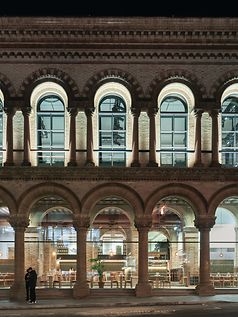
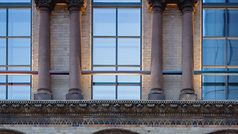
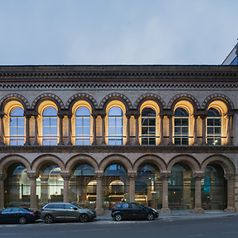
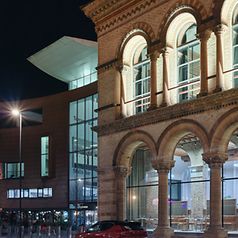
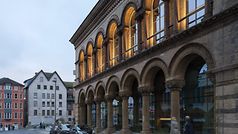
- Work material (e.g. tender specifications, BIM objects, CAD data, catalogues)
- Note content
- Direct contact to Schüco
